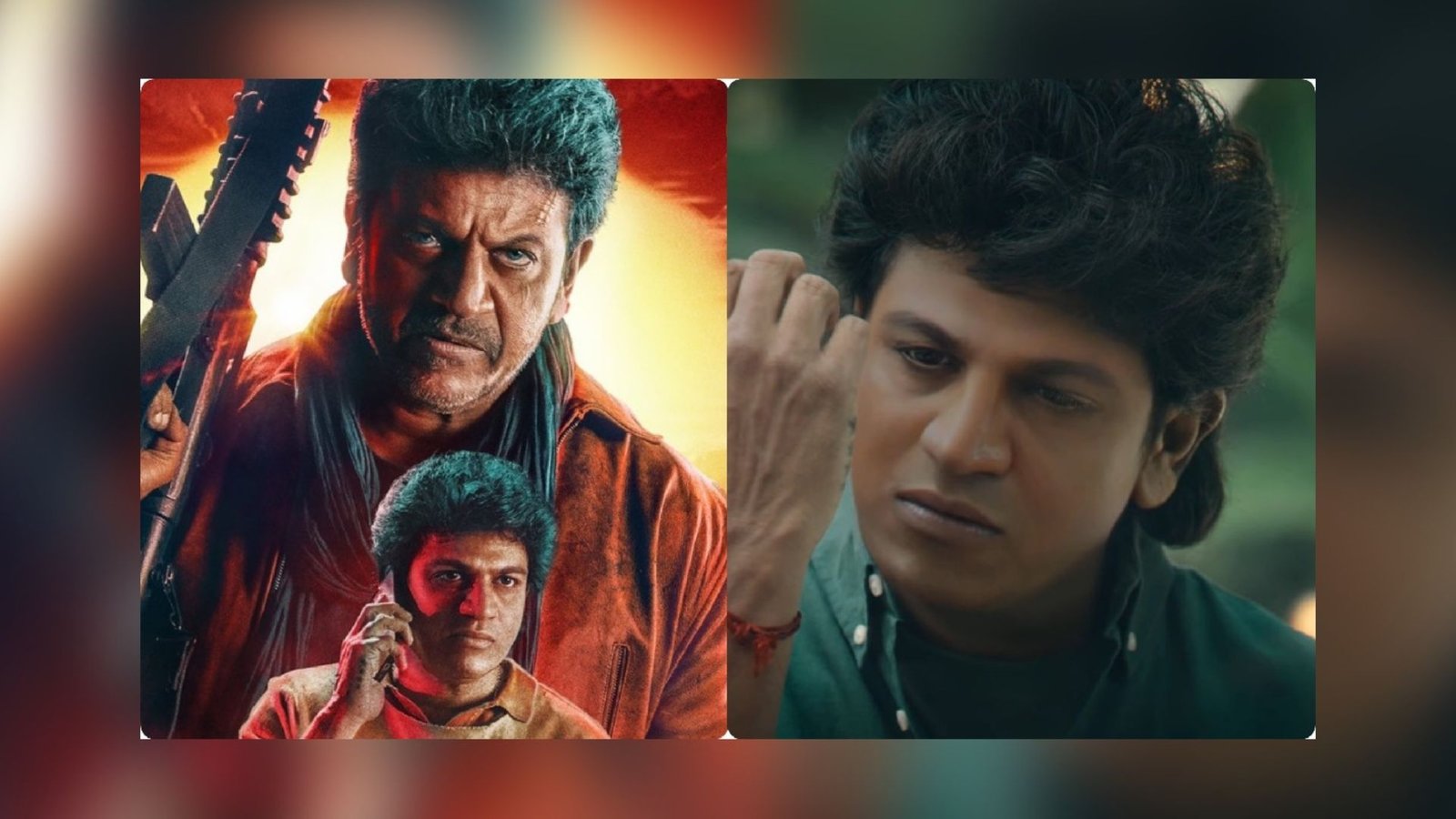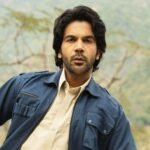Cinematic Techniques in Indian Films: From Cinematography to Sound Design
Indian cinema is renowned for its vibrant storytelling and visual flair, driven by innovative cinematic techniques that enhance the audience experience. From the artful use of cinematography to the intricacies of sound design, these techniques play a crucial role in shaping the narrative and emotional impact of films. This article explores how various cinematic techniques are employed in Indian films to create compelling stories and memorable experiences.

The Art of Cinematography
Visual Storytelling
Cinematography in Indian films is a vital element of visual storytelling, where the camera’s movements, angles, and framing contribute significantly to the narrative. Filmmakers use different shot compositions to evoke emotions, highlight characters, and set the tone of the scene. For example, wide shots can capture the grandeur of a setting, while close-ups focus on the characters’ emotional expressions. Renowned cinematographers like Ravi K. Chandran and Santosh Sivan have elevated the art of cinematography, creating visually stunning films that leave a lasting impression.
Color and Lighting
Color and lighting play a crucial role in creating the atmosphere and mood of a film. In Indian cinema, vibrant colors often signify celebration and joy, while muted tones convey seriousness or melancholy. Lighting techniques, such as chiaroscuro, are used to create dramatic contrasts and highlight specific elements in a scene. For instance, the use of warm lighting in romantic scenes enhances the emotional connection between characters, while cool lighting can create a sense of detachment or suspense.
Mastery of Sound Design
Music and Score
Music is integral to Indian films, not just as an accompaniment but as a storytelling device. The film score and background music enhance the narrative, evoke emotions, and establish cultural context. Composers like A.R. Rahman and Shankar-Ehsaan-Loy have redefined Indian film music with their innovative scores, blending traditional melodies with contemporary sounds. Songs and musical numbers often serve as crucial plot devices, advancing the story and deepening character development.
Sound Effects and Ambience
Sound effects and ambient sounds contribute to the overall sensory experience of a film. From the subtle rustling of leaves to the dramatic crescendo of a storm, these elements immerse the audience in the world of the film. Skilled sound designers use a combination of diegetic and non-diegetic sounds to create a rich auditory landscape. For example, the sound of bustling city streets or the chirping of birds can establish the setting and enhance the realism of a scene.
Editing Techniques and Their Impact
Narrative Structure
Editing is another critical cinematic technique that shapes the narrative flow and pacing of a film. In Indian cinema, editing techniques such as montage and cross-cutting are employed to build tension, develop subplots, and create dynamic sequences. The choice of transitions and the rhythm of cuts influence how the audience perceives the story and its characters. Editors like A. Sreekar Prasad and Ritesh Soni are known for their skillful editing, which contributes to the seamless storytelling and emotional impact of their films.
Flashbacks and Non-linear Narratives
Flashbacks and non-linear narratives are commonly used in Indian films to provide background information, reveal character motivations, and create suspense. These techniques allow filmmakers to explore multiple timelines and perspectives, adding depth to the story. Films like “Madhumati” and “Kahaani” have effectively used these techniques to engage viewers and enhance the narrative complexity.
The Fusion of Techniques
Integrating Elements
The fusion of cinematography, sound design, and editing techniques creates a cohesive and immersive cinematic experience. Indian filmmakers often combine these elements to craft visually stunning and emotionally resonant films. For instance, the seamless integration of music with visual aesthetics and sound effects enhances the storytelling and audience engagement. This holistic approach ensures that every aspect of the film contributes to its overall impact.
Innovation and Evolution
Indian cinema continues to evolve with technological advancements and innovative techniques. The adoption of digital technology, CGI, and advanced sound systems has expanded the possibilities for filmmakers. As a result, Indian films are pushing the boundaries of creativity, offering new and exciting experiences to audiences.
Conclusion
In conclusion, cinematic techniques such as cinematography, sound design, and editing play a pivotal role in shaping Indian films and enhancing the storytelling experience. By mastering these techniques, filmmakers create visually captivating and emotionally compelling narratives that resonate with audiences. As Indian cinema continues to evolve, these techniques will undoubtedly remain central to its creative and artistic expression.



